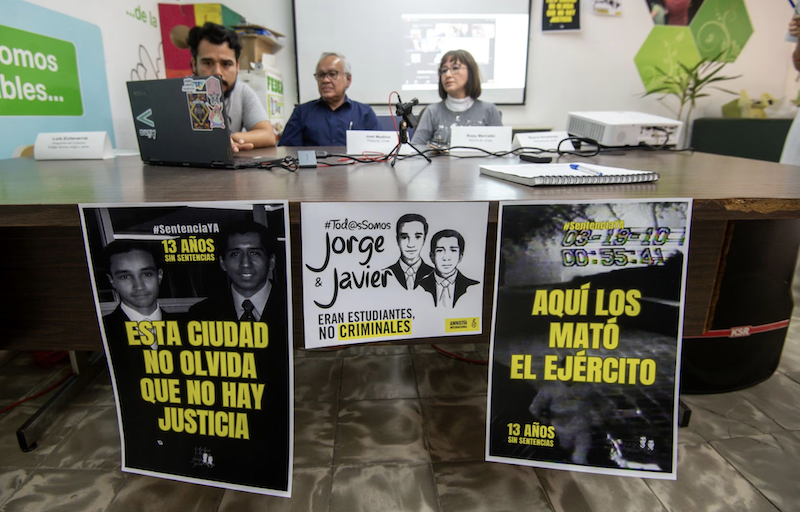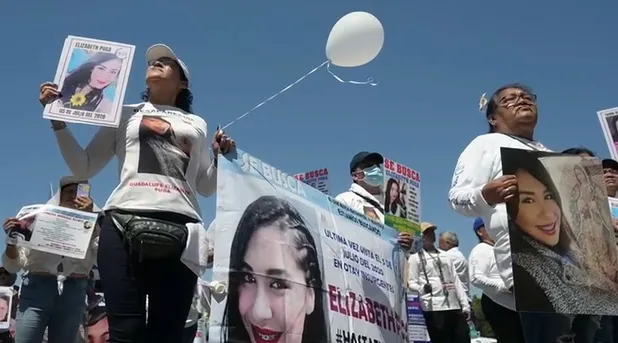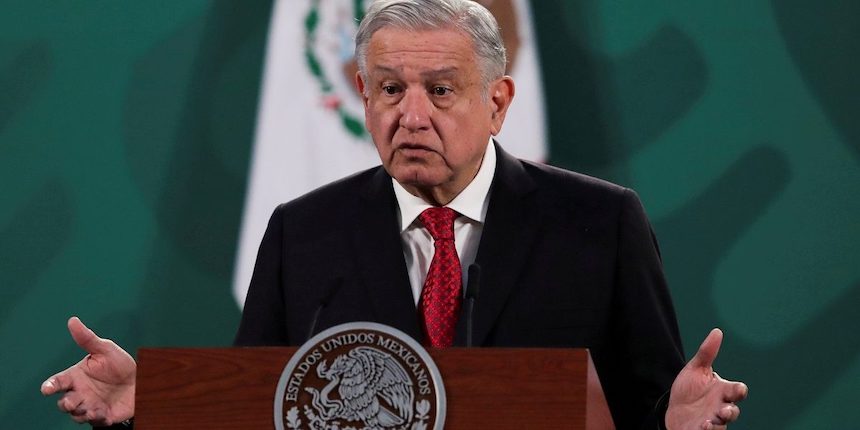
03/31/14 (written by cmolzahn) — The Mexican government this month launched a website (http://www.presidencia.gob.mx/PlanMichoacan/) intended to inform the public on the advancements made in Plan Michoacán, the social development plan announced in February by the President Enrique Peña Nieto, similar to that implemented in Ciudad Juárez by his predecessor, Felipe Calderón (2006-2012), amidst the security crisis in that city. That program, “Todos Somos Juárez,” is widely considered to have been a success. Homicides in the city decreased by 70% by some counts following the program’s implementation, though it is debatable how much of this decrease resulted from Todos Somos Juárez, as opposed to the likelihood that organized crime-related homicides fell off due to the Sinaloa Cartel winning its turf war with the Juárez Cartel.
Nonetheless, the $45.5 billion-peso (nearly $3.48 billion USD) Michoacán plan does appear to be modeled at least in part after Todos Somos Juárez, with its emphasis on rebuilding society and encouraging public engagement. It focuses on five central areas: 1) economic development, including bank credits for starting small businesses, and projects for improving farming infrastructure; 2) education, including $1.6 billion pesos for 350,000 scholarships for all levels of schooling, construction of new school buildings, and use of public spaces for art; 3) infrastructure and housing, including the construction of a second terminal at the port of Lázaro Cárdenas, and $3.5 billion pesos in housing credits for an estimated 24,000 families; 4) public health, including a regional hospital in Apatzingán (the focal point for the struggle between self-defense groups and the Knights Templar criminal organization over the past year) and a new children’s hospital in Morelia, and renovations of hospitals in Zitácuaro and Ciudad Hidalgo; and 5) social development and sustainability, including expanding elder care services to include 115,000 beneficiaries, the addition of 30 municipalities to the National Crusade Against Hunger (Cruzada Nacional Contra el Hambre) including the construction of 400 new community food banks, a new women’s center in Apatzingán, the construction of four new family medicine centers, park restoration, and the establishment of the National Center of Geothermal Energy Center (Centro Nacional de Investigación en Energía Geotérmica) in Morelia, the state’s capital.
The new website devoted to Plan Michoacán details the 250 actions to which the federal government has committed under these five categories. Mexico’s Interior Ministry (Secretaría de Gobernación, Segob) said that the creation of the website comes as part of “an exercise of transparency,” with the purpose of “providing certainty to society” about the actions being taken to improve quality of life, human rights, public security, and social and economic development in Michoacán. Segob added in a press release that, as indicated by President Peña Nieto, the website will show the development stages of each action and program implemented as part of Plan Michoacán. In addition, the website makes public the names and email addresses of the public officials representing the 28 government agencies involved in the development plan.
Sources:
“Los 45,500 mdp de inversión federal en Michoacán, punto por punto.” CNN México. February 4, 2014.
Notimex. “Detallan en portal avances del Plan Michoacán.” El Universal. March 25, 2014.




